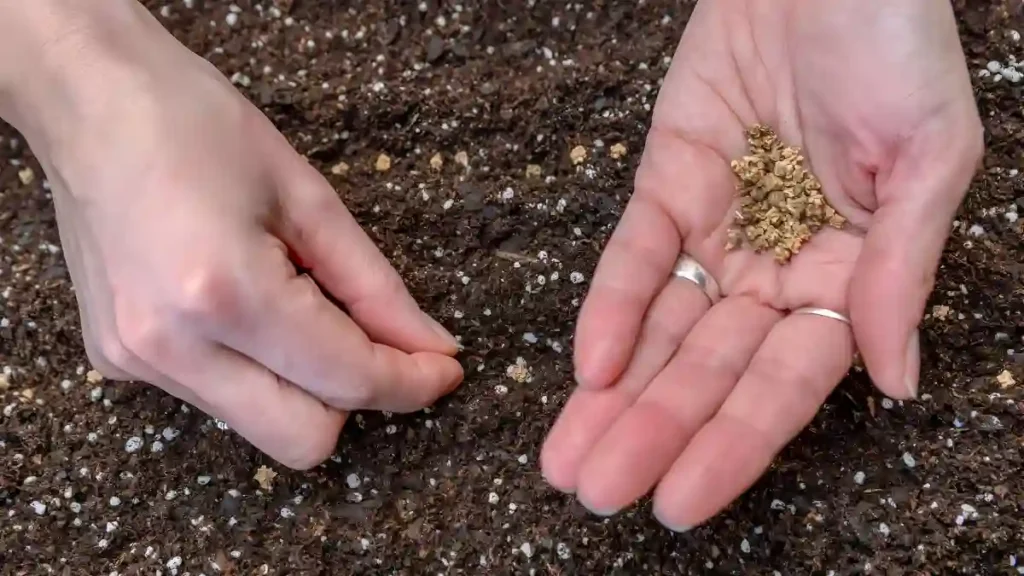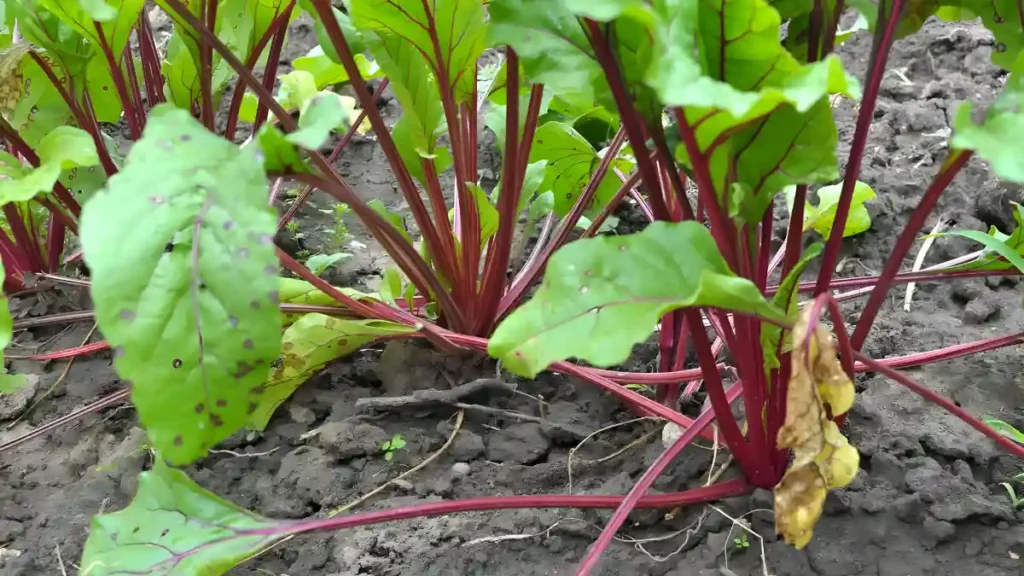Growing beets in your yard may be profitable and straightforward if you approach it correctly. These colorful root vegetables are not only highly nutritious, but they adapt well to a wide range of conditions. Grown for their roots and greens, beets are a versatile crop with a wide range of colors and shapes. Beets and their greens are regarded as a “superfood” by many and are a great source of fiber, antioxidants, folate, vitamins A and K, manganese, copper, and potassium. To give your garden produce more taste and nutritional value, learn how to grow beets. But you can also grow beets in containers. In this tutorial, we’ll look at 7 of the finest strategies for growing beets effectively, from soil preparation to harvesting procedures, so you can enjoy a plentiful harvest of this versatile vegetable.
The top 7 suggestions for how to grow beets:
1. Select the best beet variety for growing beets
Choosing the beet variety that best fits your climate, soil type, and tastes is one of the first steps in growing beets. There are numerous types of beets, and each has special qualities of its own.
- Detroit Dark Red: This type is a favorite among home gardeners because of its typical beet flavor and deep red color.
- Golden Beets: Perfect for salads, these beets have a sweeter, milder flavor than red beets and don’t stain as easily.
- Chioggia: Known for its vivid candy-cane stripes, this heirloom variety’s delicate texture makes it a popular choice for fresh consumption.
2. Get the soil ready
Rich in organic content and loose, well-drained soil, beets grow nicely there. To guarantee the best development possible, make sure your garden bed is completely ready before planting.
- PH of the soil: Beets like their soil to be somewhat acidic, ranging from 6.0 to 7.5. Use a pH test kit to check the pH of your soil, then adjust it as needed to get it within this range.
- Open Up the Soil: Beets thrive in loose soil that permits easy root expansion. To promote root growth, till the soil to a depth of at least 12 inches and remove any rocks, debris, or compacted soil.
- Add Organic Matter: Before planting, amend the soil with compost or well-rotted manure. This will raise nitrogen levels, improve soil texture, and promote strong root growth.
3. How to grow beets at the right time
- Planting in Early Spring: Plant beets in early spring, two to four weeks before the last frost date, with optimal germination at a soil temperature of at least 50°F.
- Succession Planting: Throughout the growing season, sow seeds every two to three weeks to provide a steady supply of beets. You’ll be able to harvest fresh beets well into the fall or late summer if you do this.
- Fall Planting: Beets can also be planted in late summer for a fall or winter harvest in regions with moderate winters. Grown in colder climates, beets tend to taste sweeter.
4. How to properly space seeds
- Seed Spacing: Plant beet seeds 12-18 inches apart, spacing 1 inch apart. Trim clusters of seeds as soon as they sprout to prevent overcrowding.
- Thinning: Thin seedlings 2-3 inches tall to one plant per 3-4 inches for beet expansion and strong root formation. Trim for salads as tender greens.

5. Water consistently and correctly for growing beets
- Watering Schedule: Make sure the soil is regularly damp but not soggy. Beets need one to one and a half inches of water each week, either from irrigation or rainfall.
- Mulch: By covering your plants with an organic mulch layer, you may control soil temperature, keep moisture in the soil, and lessen weed competition.
- Refrain from overwatering: Although beets require moisture, excessive watering can cause fungal infections or root rot. Make sure there is adequate drainage in the soil to avoid standing water around the roots.
6. How to grow beets with a moderate amount of fertilizer
- Nitrogen: Beets need nitrogen for leaf growth, but excessive nitrogen can harm roots. Use a balanced fertilizer with slightly increased phosphorus and potassium for root growth.
- Timing: Lightly fertilize seedlings between four and six inches tall, and ensure consistent nutrient supply throughout the growing season by applying compost or organic fertilizer side-dressing.
7. Harvest timely
- Baby beets are sweeter and ideal for salads or roasting. Mature beets are ready for leaf harvest when roots reach 3-4 inches in diameter. Leaf harvest allows for nutrient-dense and tasty beet greens without impairing root growth. Baby beets are ideal for salads and roasting due to their smaller, fragile roots.

Conclusion:
Following these seven strategies for growing beets in your garden will result in a successful harvest of delicious, healthy beets. Every stage is critical to growing superior beets, from selecting the best variety to harvesting when it’s best. These instructions will teach you how to grow beets, regardless of your level of gardening experience.
Certainly! If you’d like to learn more, please consider following our WhatsApp Channel: Harvest Gardening
A frequently asked questions:
Q1: How long do beets take to mature?
A1: Depending on the cultivar, beets can mature in 50 to 70 days on average. For the finest flavor, harvest them when the roots are between 1.5 and 3 inches in diameter.
Q2: What month is best to plant beets?
A2: Depending on your environment, early spring (March to May) or late summer (August to October) are the optimum times to plant beets. Plant beets during mild weather conditions, as they prefer lower temps.
Q3: How many beets grow from one seed?
A3: A single beet “seed” is usually a cluster of seeds, which allows numerous beet plants (usually 2 to 5) to grow from a single seed cluster.



